This scarce poetic recounting of the life of the fisher boy Ned was written by the English forger William Henry Ireland under the pseudonym H.C. Esq.
The English translation of this Japanese-language text is “Handy Guide to Spot Removal.” It is one of a series of “Chohoki” or guides to life’s daily problems and includes recipes for dyeing, bleaching, and removing stains. This is the only known copy held by a North American library.
The Temple of Flora is one of the high spots of nineteenth-century color printing and is widely considered the single most famous of all florilegia.
One of the German scientist’s rarest works, this compendium of recipes and formulae highlights how to make dyes, perfumes, lacquers, distilled drinks, oil paints, and a host of other products and processes.
This first American edition of one of the most important early works on bookbinding is an extremely rare book and an important addition to the Library’s history of printing and book arts collections.
This edition of the novel is the first to appear with the author’s name on the title page and with the well-known illustrations by T. von Holst, including the first visual depiction of the monster.
Written by the foremost authority on precious stones, this volume is the first monograph on gemstones published in the United States.
This book is an example of nature printing, a method of producing a print of a natural object—such as a leaf, a textile or, in this case, sea-weeds—by making an impression of it directly onto a soft metal printing plate under great pressure, then taking an inked impression on paper.
This rare American type specimen catalog is one of only five known copies.
This copy of one of Whitman’s most important works is a special association copy inscribed by Whitman to his friend, the poet and editor Richard Watson Gilder.
One of the most impressive productions of William Morris’s Kelmscott Press, this version is illustrated with 12 full-page engravings by Arthur J. Gaskin.


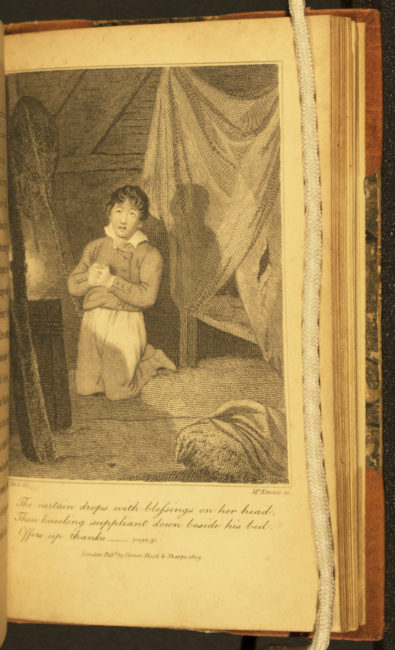
![[Chohoki]. Kyoto, 1811. [Chohoki]. Kyoto, 1811.](https://exhibitions.lib.udel.edu/60-at-60/wp-content/uploads/sites/16/2019/10/24_chohoki_1-e1572034465423.jpg)
![[Chohoki]. Kyoto, 1811. [Chohoki]. Kyoto, 1811.](https://exhibitions.lib.udel.edu/60-at-60/wp-content/uploads/sites/16/2019/10/24_chohoki_2-e1572034471551.jpg)
![Temple of Flora, or, Garden of the Botanist, Poet, Painter, and Philosopher. [London: Dr. Thornton, 1812]. Temple of Flora, or, Garden of the Botanist, Poet, Painter, and Philosopher. [London: Dr. Thornton, 1812].](https://exhibitions.lib.udel.edu/60-at-60/wp-content/uploads/sites/16/2019/10/25_temple_flora_1-e1572034478299.jpg)
![Temple of Flora, or, Garden of the Botanist, Poet, Painter, and Philosopher. [London: Dr. Thornton, 1812]. Temple of Flora, or, Garden of the Botanist, Poet, Painter, and Philosopher. [London: Dr. Thornton, 1812].](https://exhibitions.lib.udel.edu/60-at-60/wp-content/uploads/sites/16/2019/10/25_temple_flora_2-e1572034486862.jpg)
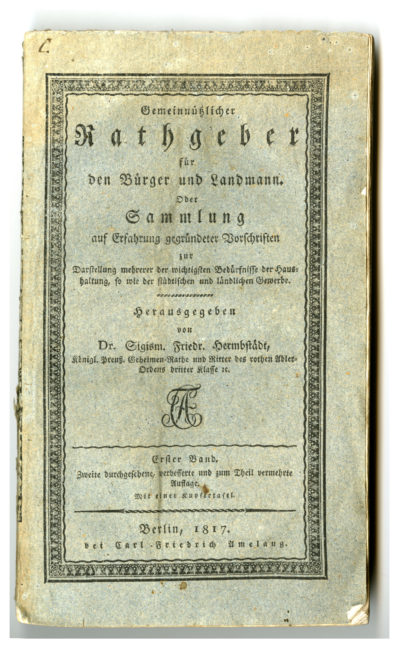

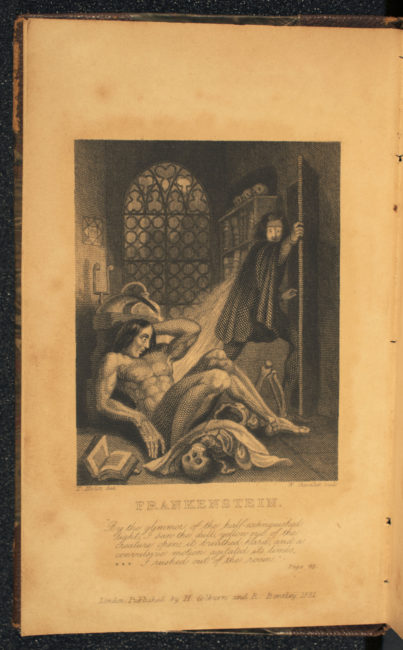
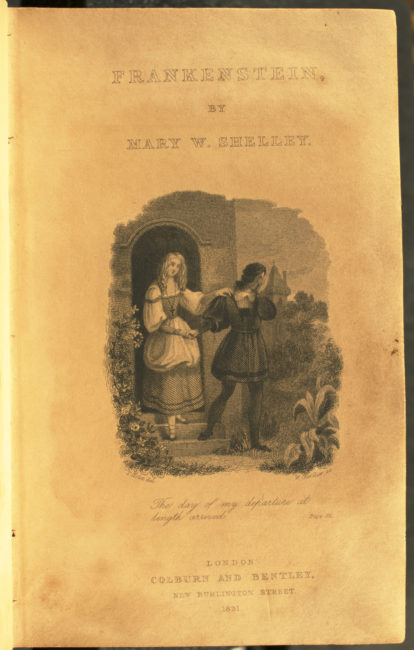
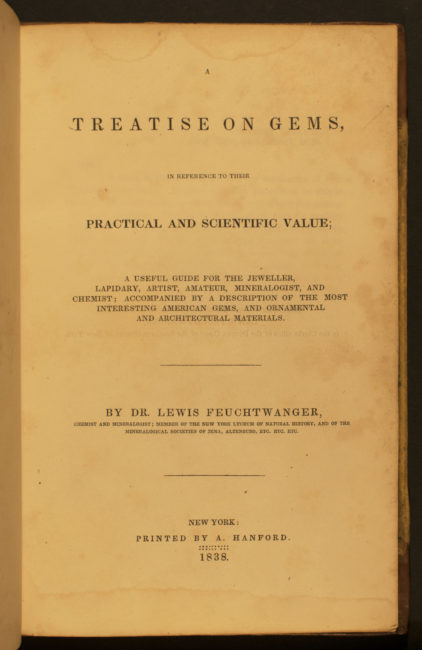
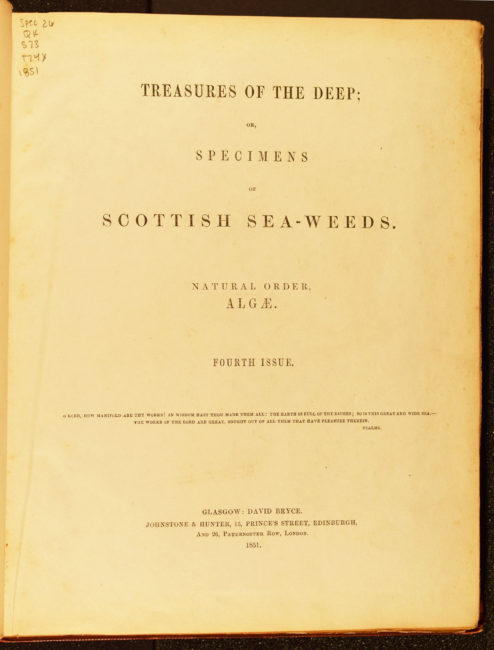
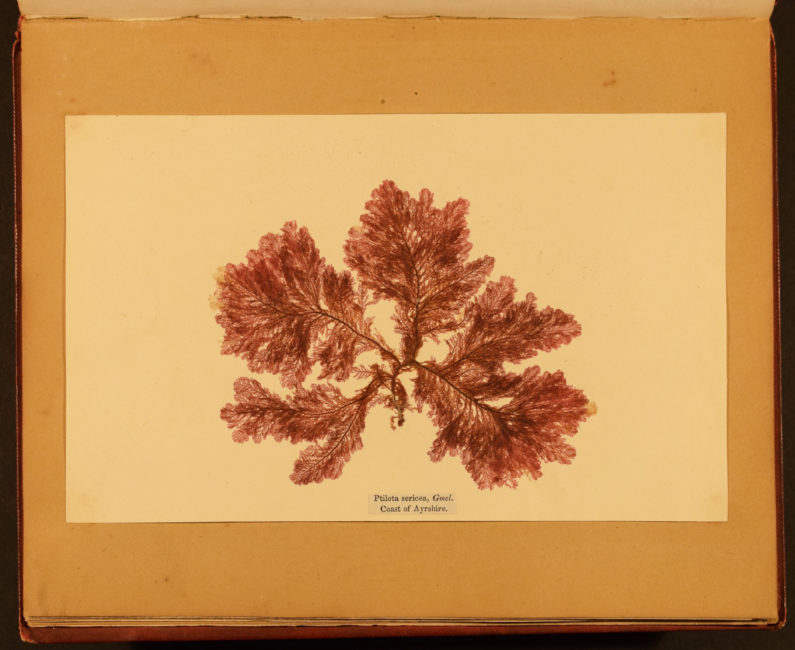
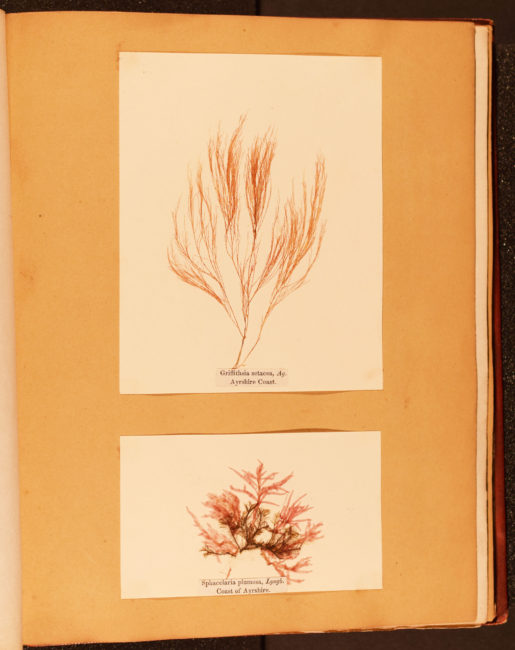
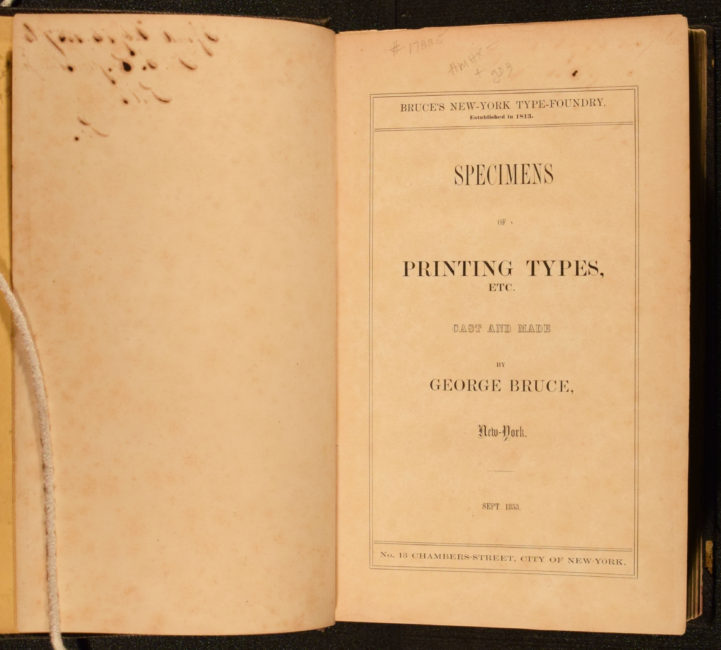
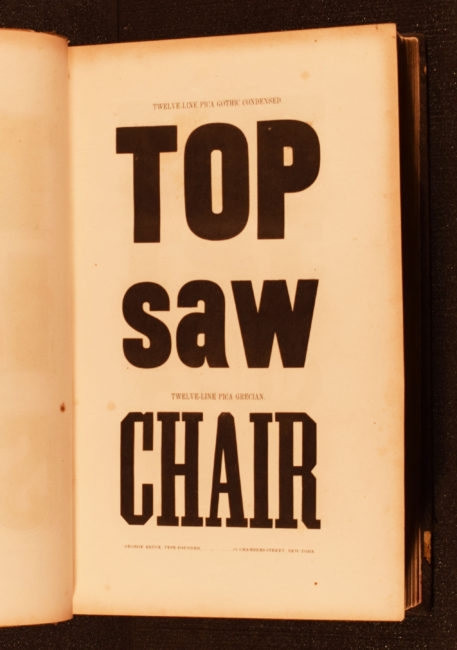
![Two Rivulets: Including Democratic Vistas, Centennial Songs, and Passage to India. Camden, N.J: [Walt Whitman], 1876. Two Rivulets: Including Democratic Vistas, Centennial Songs, and Passage to India. Camden, N.J: [Walt Whitman], 1876.](https://exhibitions.lib.udel.edu/60-at-60/wp-content/uploads/sites/16/2019/10/32_whitman_rivulets_1-e1572034591484.jpg)
![Two Rivulets: Including Democratic Vistas, Centennial Songs, and Passage to India. Camden, N.J: [Walt Whitman], 1876. Two Rivulets: Including Democratic Vistas, Centennial Songs, and Passage to India. Camden, N.J: [Walt Whitman], 1876.](https://exhibitions.lib.udel.edu/60-at-60/wp-content/uploads/sites/16/2019/10/32_whitman_rivulets_2-e1572034598513.jpg)
![Two Rivulets: Including Democratic Vistas, Centennial Songs, and Passage to India. Camden, N.J: [Walt Whitman], 1876. Two Rivulets: Including Democratic Vistas, Centennial Songs, and Passage to India. Camden, N.J: [Walt Whitman], 1876.](https://exhibitions.lib.udel.edu/60-at-60/wp-content/uploads/sites/16/2019/10/32_whitman_rivulets_3-e1572034604233.jpg)

